Rising Urbanization
The increasing trend of urbanization is a pivotal driver for the Traffic Sensor Market. As more individuals migrate to urban areas, the demand for efficient traffic management systems escalates. Urban centers are experiencing heightened congestion, necessitating advanced traffic monitoring solutions. According to recent data, urban populations are projected to reach 68 percent by 2050, intensifying the need for effective traffic management. Traffic sensors play a crucial role in alleviating congestion by providing real-time data to traffic management systems. This data enables authorities to optimize traffic flow, reduce travel times, and enhance road safety. Consequently, the Traffic Sensor Market is likely to witness substantial growth as cities invest in smart infrastructure to accommodate the burgeoning urban populace.
Technological Advancements
Technological advancements are significantly influencing the Traffic Sensor Market. Innovations in sensor technology, such as the development of IoT-enabled devices, are enhancing the capabilities of traffic monitoring systems. These advancements allow for more accurate data collection and analysis, leading to improved traffic management strategies. For instance, the integration of artificial intelligence and machine learning algorithms into traffic sensors enables predictive analytics, which can forecast traffic patterns and optimize signal timings. The market for smart traffic management solutions is expected to grow at a compound annual growth rate of 15 percent over the next five years, indicating a robust demand for advanced traffic sensors. As technology continues to evolve, the Traffic Sensor Market is poised for significant transformation, driven by the need for smarter, more efficient traffic solutions.
Increased Focus on Road Safety
The heightened focus on road safety is a significant driver for the Traffic Sensor Market. With rising concerns over traffic accidents and fatalities, there is an urgent need for effective traffic management solutions. Traffic sensors contribute to road safety by providing real-time data that can be used to identify hazardous conditions and implement timely interventions. According to statistics, traffic fatalities have been a growing concern, prompting authorities to seek innovative solutions to enhance safety. The integration of traffic sensors into road infrastructure can facilitate better monitoring of traffic conditions, leading to improved safety measures. As the emphasis on road safety continues to grow, the Traffic Sensor Market is likely to expand, driven by the demand for technologies that can mitigate risks and enhance overall road safety.
Government Regulations and Initiatives
Government regulations and initiatives are emerging as a crucial driver for the Traffic Sensor Market. Many governments are implementing stringent regulations aimed at reducing traffic congestion and enhancing road safety. Initiatives such as smart city projects are gaining traction, with governments investing in intelligent transportation systems that incorporate advanced traffic sensors. For example, several countries have allocated substantial budgets for the development of smart infrastructure, which includes the deployment of traffic sensors. This trend is expected to propel the Traffic Sensor Market forward, as public sector investments create opportunities for private sector innovation. The alignment of government policies with technological advancements is likely to foster a conducive environment for the growth of traffic sensor solutions.
Growing Demand for Smart Transportation Solutions
The growing demand for smart transportation solutions is a key driver for the Traffic Sensor Market. As urban areas grapple with increasing traffic volumes, there is a pressing need for intelligent systems that can manage and optimize traffic flow. Smart transportation solutions, which include traffic sensors, are designed to enhance the efficiency of transportation networks. The market for smart transportation is projected to reach USD 200 billion by 2026, reflecting a robust demand for innovative traffic management technologies. Traffic sensors play a vital role in this ecosystem by providing critical data that informs decision-making processes. The convergence of technology and transportation is likely to propel the Traffic Sensor Market forward, as stakeholders seek to implement solutions that address the challenges posed by urban mobility.
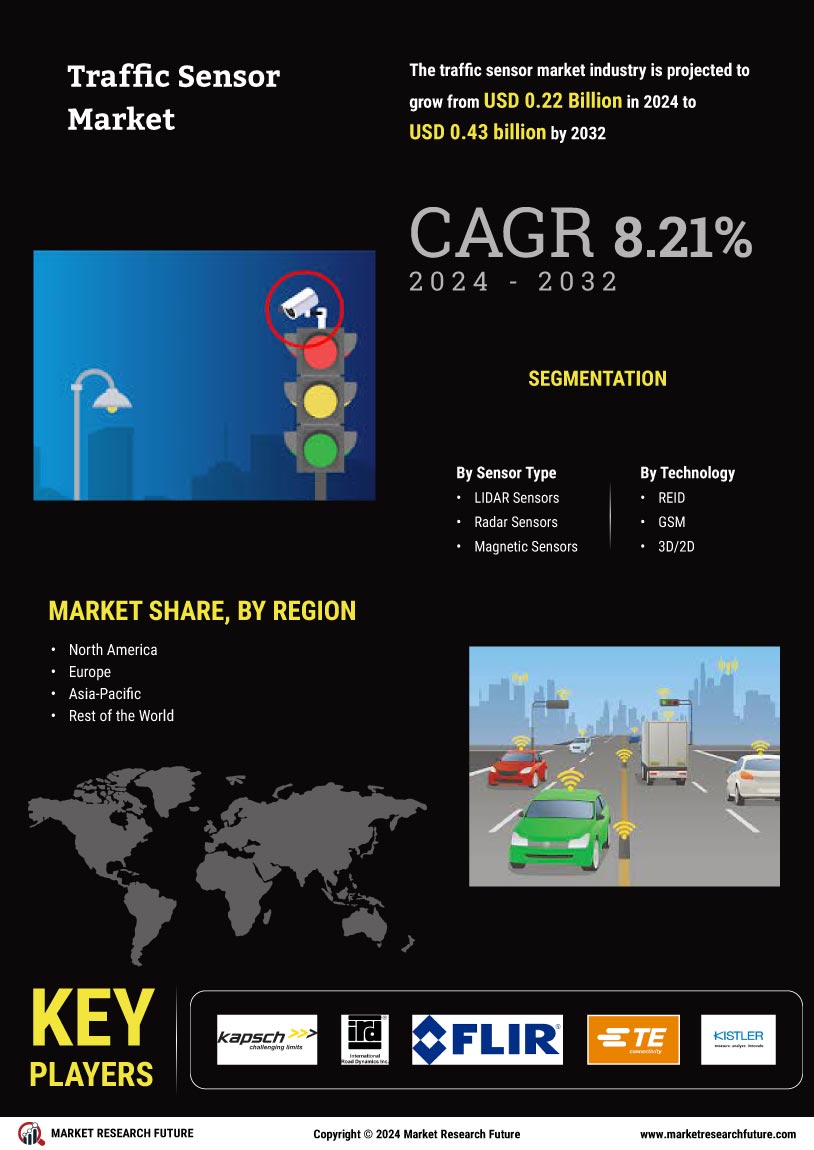
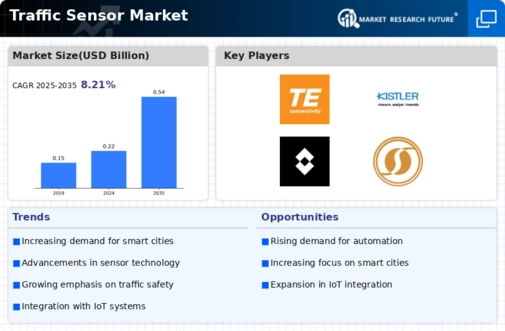
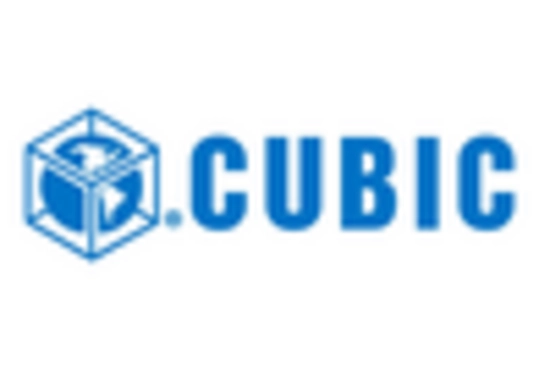
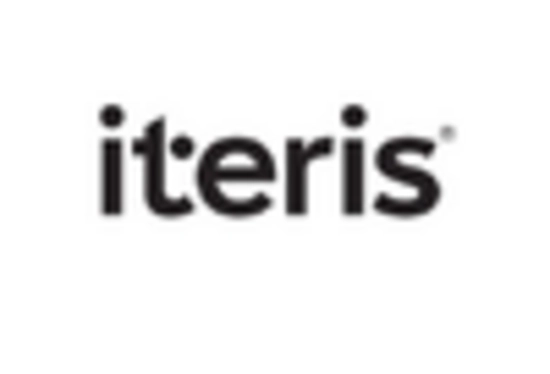
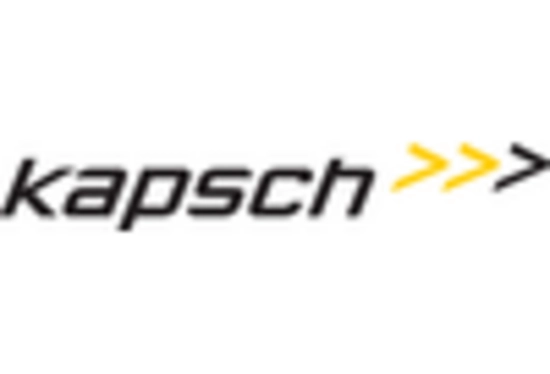
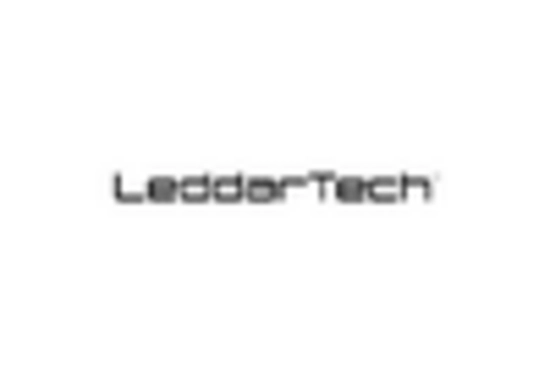

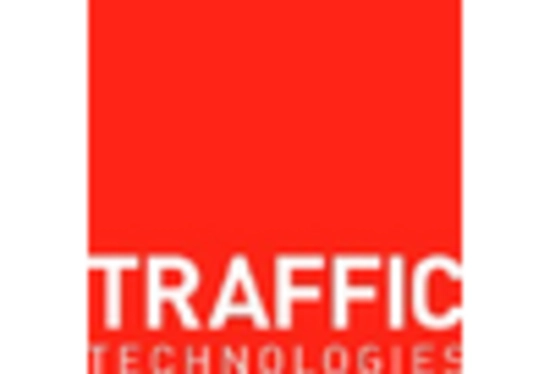








Leave a Comment